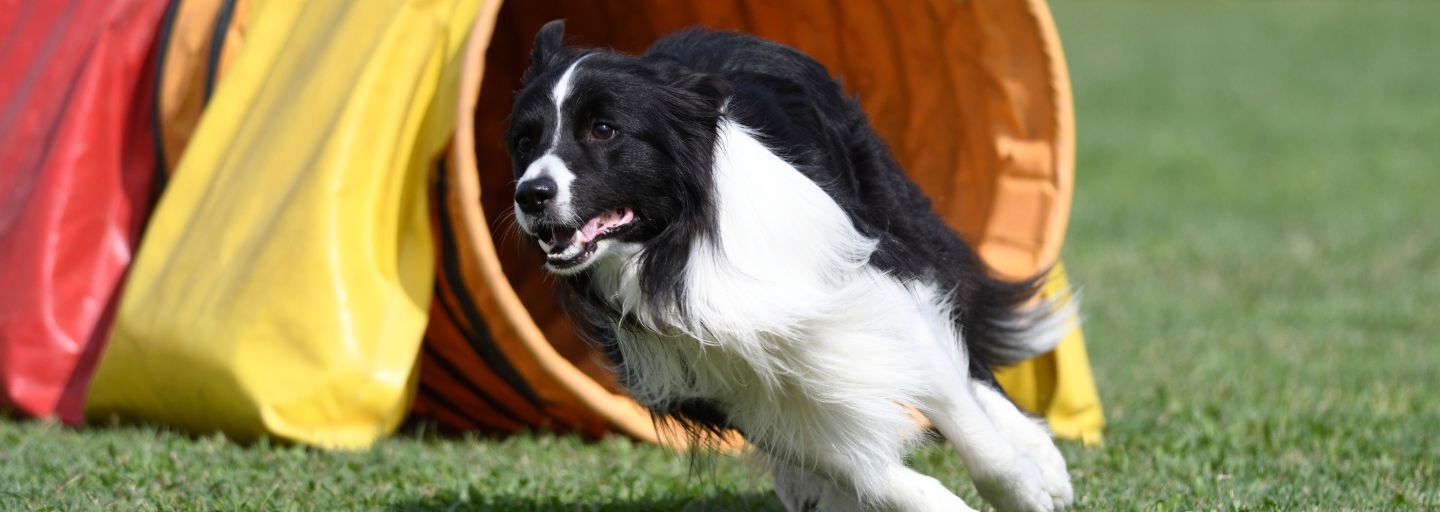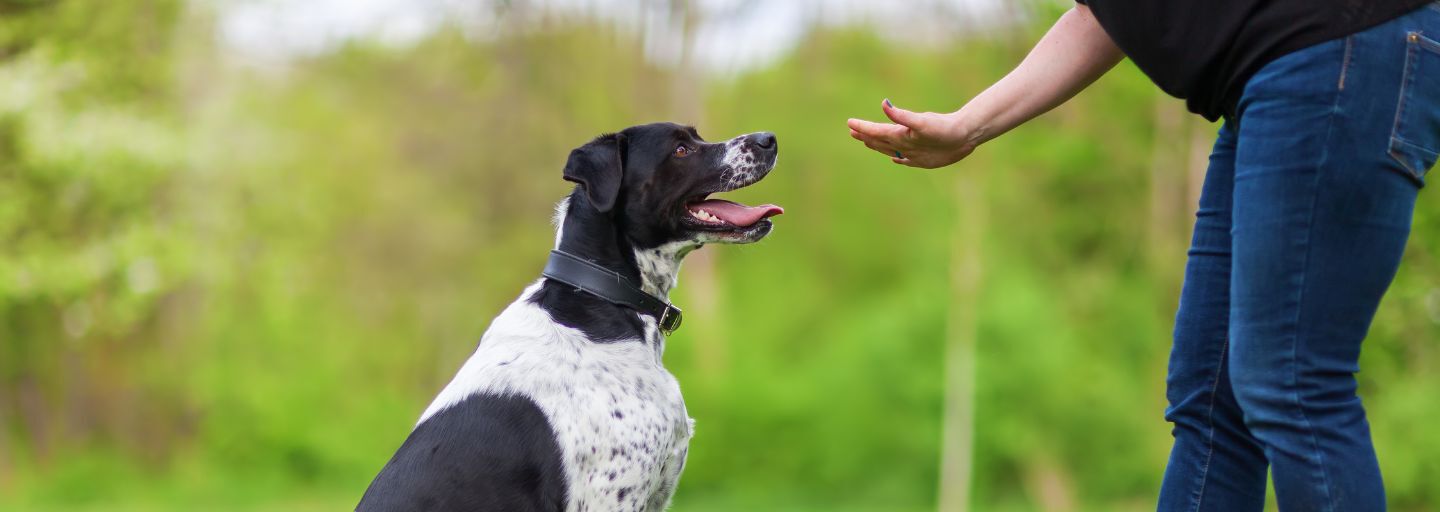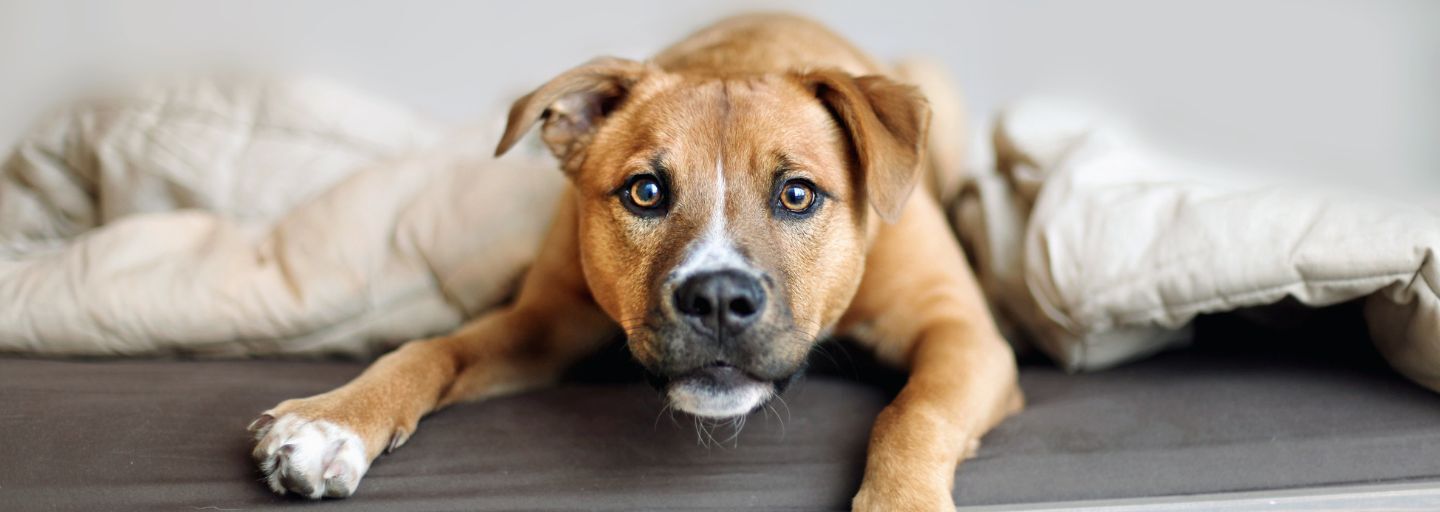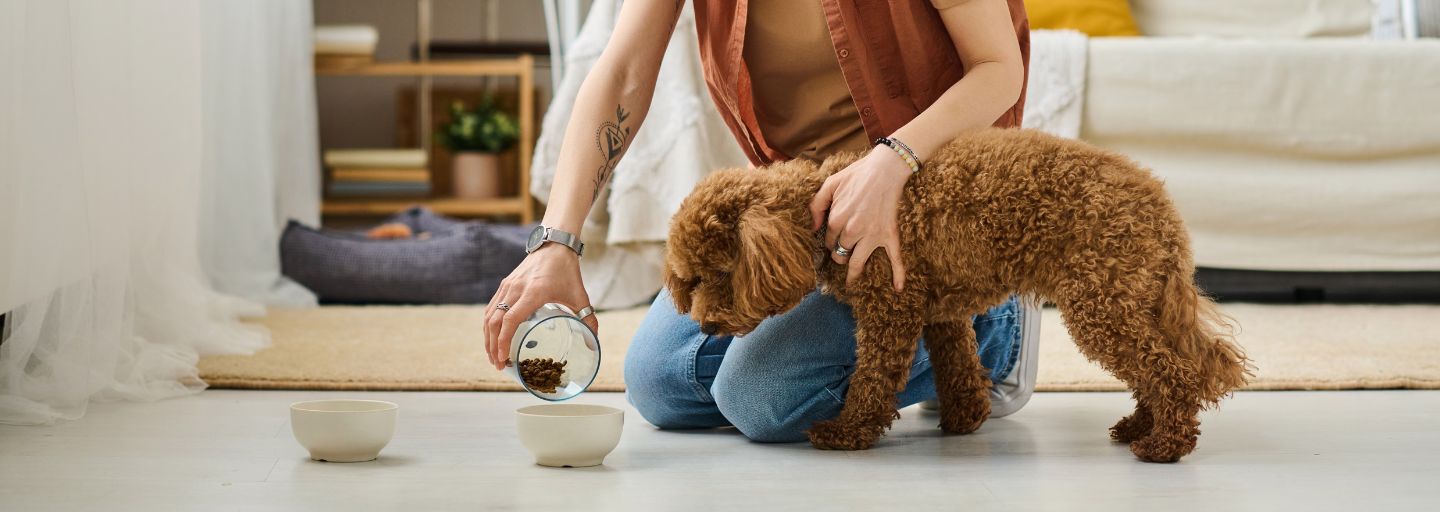Dog agility is an exciting and challenging sport where a dog and handler team work together to navigate through a designated obstacle course. The objective is to complete the course as quickly and accurately as possible, showcasing the agility, skill, and teamwork of the duo.
Agility Basics
A typical dog agility course consists of a variety of equipment designed to test the dog's agility and obedience skills. This can include agility tunnels, suspended hoops or tires for jumping through, an A-frame for climbing up and down, an elevated beam or "dog walk," weave poles for weaving between, hurdles to clear, and a seesaw for controlled balancing. The order of the elements may vary from event to event, adding an element of surprise and challenge to the course.
How it Works
In a dog agility competition, each dog and handler team gets two runs through the course. The fastest run with the fewest faults determines the winner. Handlers use a combination of hand signals, voice cues, and body language to guide their dogs through the course, ensuring they navigate each obstacle correctly and efficiently. Clear communication and trust between the dog and handler are essential for a successful run.
Importance of Speed and Precision
Speed and precision are crucial elements in dog agility. The best agility dogs are able to navigate the course quickly and accurately, minimizing mistakes and faults. The ability to maintain a fast pace while executing precise movements is what sets top-performing teams apart. Small errors, such as knocking down a bar, missing a weave pole entry, or deviating from the course, can result in penalties or time deductions. Handlers must focus on maintaining control and directing their dogs with clarity to ensure a smooth and flawless performance.
Benefits Beyond Winning
While winning is often the ultimate goal in dog agility competitions, the benefits extend far beyond the podium. Engaging in agility training and events strengthens the bond between dogs and their handlers. The teamwork and communication required during agility training foster a deeper connection and understanding between the two. It provides an opportunity for dogs to showcase their natural abilities and intelligence while challenging their physical and mental capabilities. Additionally, participating in agility can enhance a dog's overall obedience, confidence, and problem-solving skills.
Training Tips
To excel in dog agility, consistent training and practice are essential. Start with basic obedience training to establish a strong foundation of commands and control. Gradually introduce agility-specific exercises and equipment, focusing on positive reinforcement and rewards to motivate and encourage your dog. Seek guidance from experienced trainers or join agility classes to learn proper techniques and strategies. Remember to prioritize safety by ensuring that your dog is physically fit, warmed up before training, and that the equipment is set up correctly.







